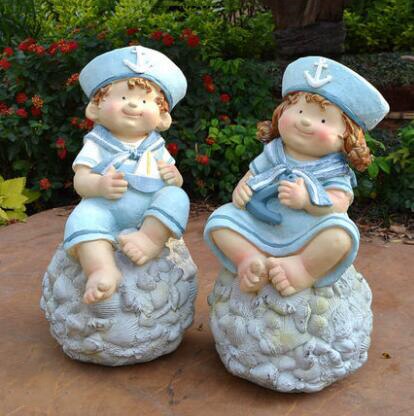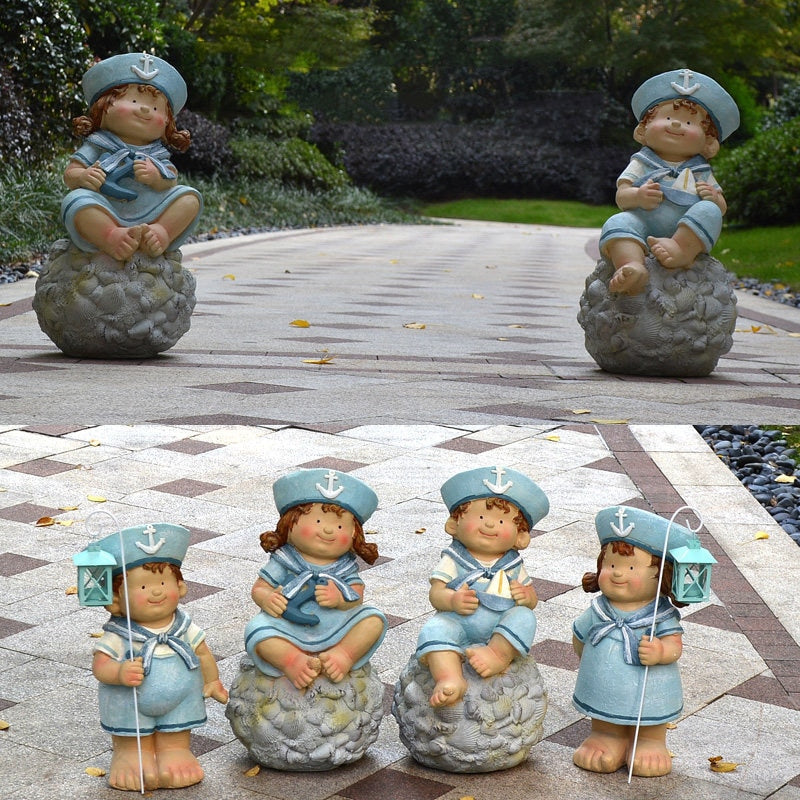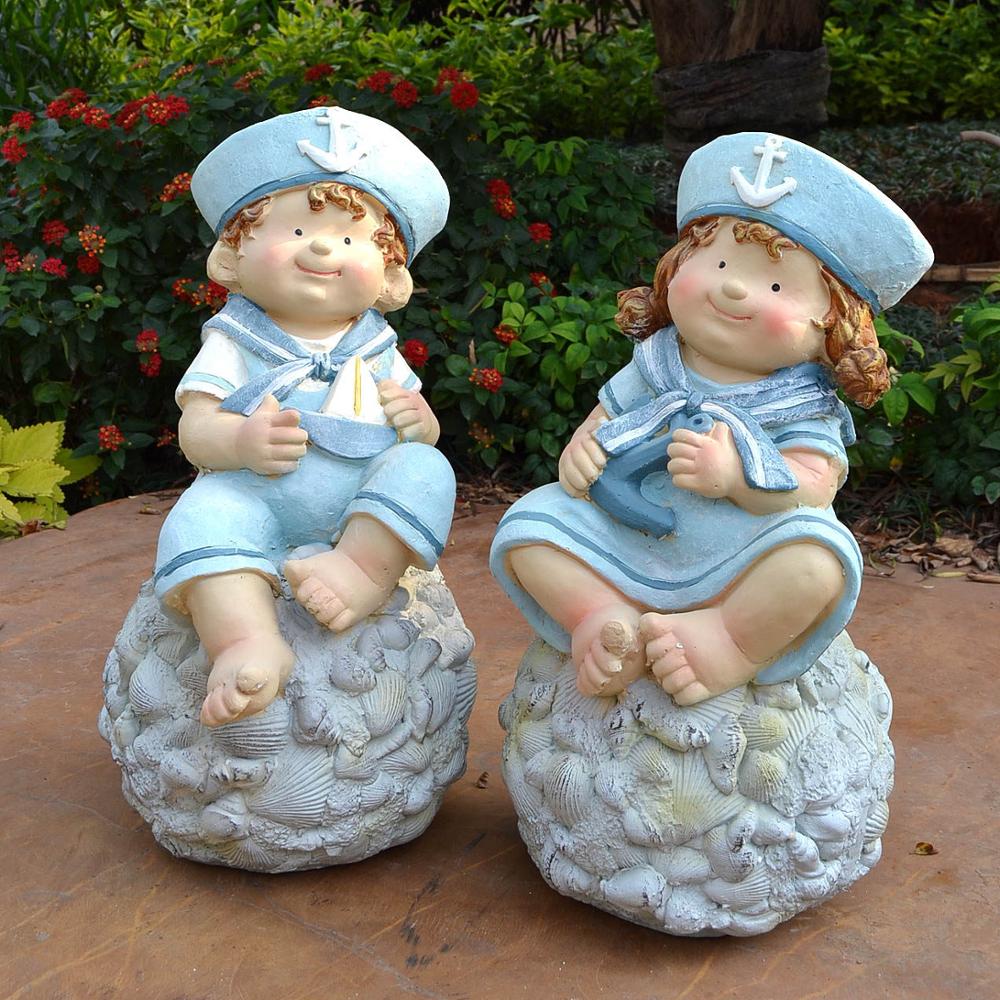








Garden statue & sculptures |SCULPTURE 2036
Description
Garden statues and sculptures are artistic elements designed specifically for outdoor spaces, adding beauty, character, and a touch of artistry to gardens, courtyards, patios, and other outdoor areas. They come in a wide variety of forms, styles, and materials, each with its own unique features and visual appeal. Garden statues and sculptures can depict a range of subjects, including animals, humans, mythical creatures, abstract shapes, or conceptual ideas. They can be lifelike and detailed, capturing the intricate features and expressions of the subject, or they can be abstract and interpretive, evoking emotions and encouraging contemplation. These sculptures are crafted from various materials, such as stone, metal, resin, fiberglass, concrete, or wood. Each material offers its own aesthetic qualities and durability. Stone sculptures, like marble or granite, exude a timeless elegance, while metal sculptures, such as bronze or iron, provide a contemporary and sophisticated touch. Resin, fiberglass, and concrete offer versatility, allowing for intricate details, lightweight designs, and weather resistance. The design and style of garden statues and sculptures can range from realistic and traditional to abstract and modern. Realistic sculptures capture the subject's form, texture, and proportions with precision, showcasing the skill of the artist. Abstract sculptures, on the other hand, focus on shapes, lines, and concepts, allowing for interpretation and personal meaning. The style can be classical, contemporary, minimalist, or avant-garde, depending on the artist's vision and the desired aesthetic effect.
About
Garden statues and sculptures are artistic elements specifically designed for outdoor spaces, such as gardens, courtyards, and patios. They are decorative pieces that add aesthetic value and a sense of artistry to the environment. Garden statues and sculptures come in a wide variety of forms, styles, and materials, allowing for a diverse range of options to suit different tastes and garden designs. These statues and sculptures can represent various subjects, including animals, humans, mythical creatures, abstract shapes, or even conceptual ideas. They serve as visual focal points, capturing attention and creating a sense of intrigue and beauty within the garden. The choice of subject can reflect personal interests, cultural significance, or simply complement the natural surroundings. Materials used for garden statues and sculptures vary widely, offering different aesthetics, durability, and weather resistance. Common materials include stone (such as marble, granite, or limestone), metal (such as bronze or iron), resin, fiberglass, concrete, or wood. Each material has its own unique qualities, allowing for different textures, finishes, and levels
Specifications of garden statue & sculptures
When considering specifications for garden statues and sculptures, there are several factors to take into account. Here are some common specifications to consider:
-
Material: Determine the preferred material for the statue or sculpture. Common materials include stone (such as marble, granite, or limestone), metal (such as bronze or iron), resin, fiberglass, concrete, or wood. Each material offers different aesthetics, durability, and weather resistance.
-
Size: Consider the desired size of the sculpture based on the available space and the intended visual impact. Statues can range from small tabletop-sized pieces to large-scale installations, so choose a size that fits the garden's proportions and design.
-
Subject and Style: Decide on the subject and style of the sculpture. The subject can be animals, humans, mythical creatures, abstract shapes, or conceptual ideas. The style can be realistic, abstract, classical, modern, or a combination of different artistic influences.
-
Design and Detail: Look for sculptures with intricate and detailed designs. Consider the level of detail you prefer, whether you want a sculpture with realistic features or a more abstract interpretation. Pay attention to the quality of craftsmanship and the skill of the artist.
Worldwide shipping is now free for all orders.
We pack all orders by hand within 3 business days of ordering and we ship them the next business day. You will receive tracking info by email as soon as we ship your order.
9-15 business days delivery
Big items may take longer due to manufacturing and logistics time.
We offer a no-hassle 30-day refund policy on all our products. If you dont like your order due to any defect return them for a full refund, no questions asked.
Choose options










 SHIPPING INFO
SHIPPING INFO REFUNDS & RETURNS
REFUNDS & RETURNS
